32 UMMA Objects
32 UMMA Objects
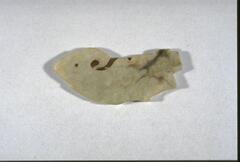
Chinese (Chinese (culture or style))
Zoomorphic pendant
8700 BCE
Museum purchase from the collection of Max Loehr
1960/2.95
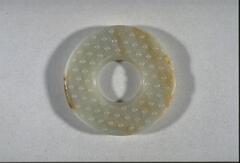
Chinese (Chinese (culture or style))
Bi disk
9794 BCE – 220 CE
Museum purchase from the collection of Max Loehr
1960/2.96
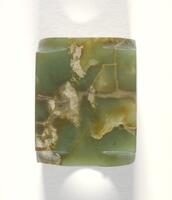
Chinese (Chinese (culture or style))
Symbol of Earth (Ts'ung)
8973 BCE
Museum purchase from the collection of Max Loehr
1960/2.115
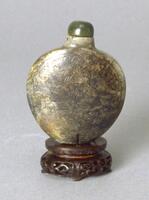
Chinese (Chinese (culture or style))
Chicken bone jade snuff bottle with incised decoration
1760 – 1860
Gift of Mr. Robert W. Coggan
1980/2.14
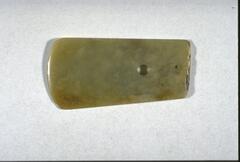
Chinese (Chinese (culture or style))
Adze
8973 BCE
Museum purchase from the collection of Max Loehr
1960/2.102
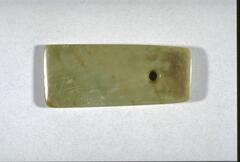
Chinese (Chinese (culture or style))
Chisel
8973 BCE
Museum purchase from the collection of Max Loehr
1960/2.111
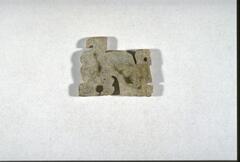
Chinese (Chinese (culture or style))
Dragon pendant
8700 BCE
Museum purchase from the collection of Max Loehr
1960/2.113
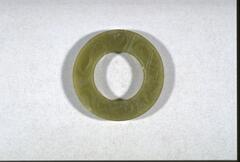
Chinese (Chinese (culture or style))
Ring (Huan)
9229 BCE
Museum purchase from the collection of Max Loehr
1960/2.94
![It looks like a rescent, animal's tooth or fetus. There is a hole and some carved line on the head part.<br />
<br />
This is a comma-shaped bead made from dark green jade. Such crescent moon-shaped beads, referred to as<em> gogok</em>, were used to decorate golden crowns, clothing, and belts. This example, which was attached to other ornaments via the hole in its head, is typical of comma-shaped beads of the Three Kingdoms period. Three parallel lines are incised across the hole, from which four more incised lines radiate upwards.<br />
[Korean Collection, University of Michigan Museum of Art (2017) p.33] It looks like a rescent, animal's tooth or fetus. There is a hole and some carved line on the head part.<br />
<br />
This is a comma-shaped bead made from dark green jade. Such crescent moon-shaped beads, referred to as<em> gogok</em>, were used to decorate golden crowns, clothing, and belts. This example, which was attached to other ornaments via the hole in its head, is typical of comma-shaped beads of the Three Kingdoms period. Three parallel lines are incised across the hole, from which four more incised lines radiate upwards.<br />
[Korean Collection, University of Michigan Museum of Art (2017) p.33]](/media/W1siZiIsIjIwMjIvMDUvMjUvNXUwNHN1cTN0Y19kZWZhdWx0LmpwZyJdLFsicCIsInRodW1iIiwiMjQweDIwMCJdXQ?sha=70118906356121f7)
Korean (Korean (culture or style))
Comma-shaped Pendant
400 – 599
Museum purchase made possible by the Margaret Watson Parker Art Collection Fund
1983/1.152
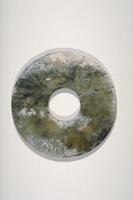
Chinese (Chinese (culture or style))
Bi (Pi; disc)
9229 BCE
Museum purchase for the James Marshall Plumer Memorial Collection
1961/2.85A&B
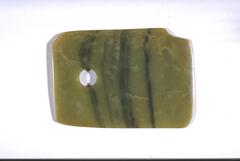
Chinese (Chinese (culture or style))
Adze
8973 BCE
Museum purchase from the collection of Max Loehr
1960/2.105
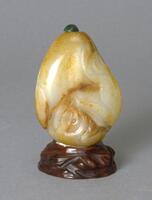
Chinese (Chinese (culture or style))
Nephrite jade snuff bottle
1912 – 1949
Gift of Mr. Robert W. Coggan
1980/2.12
Loading…
